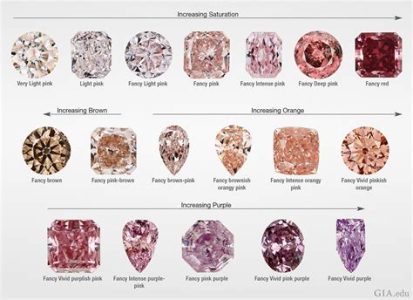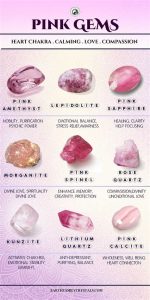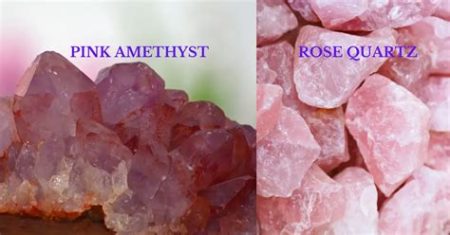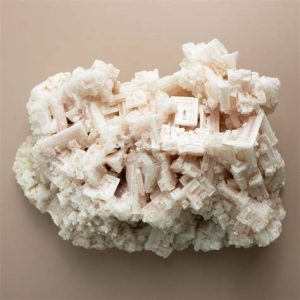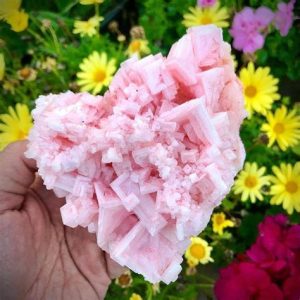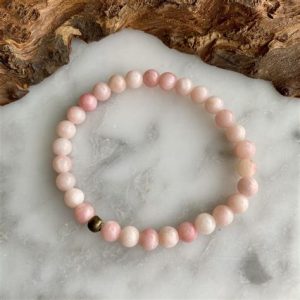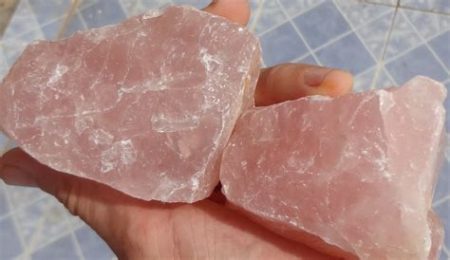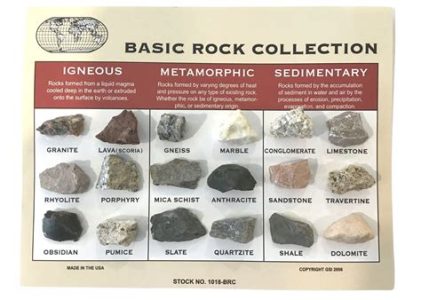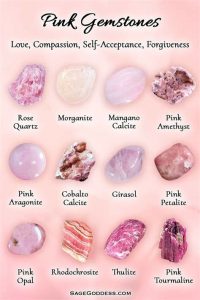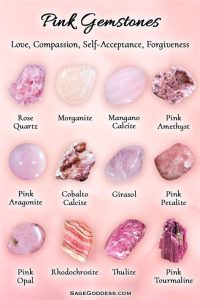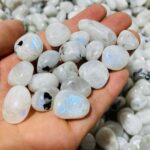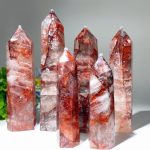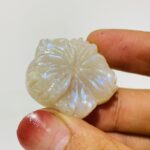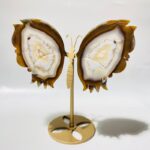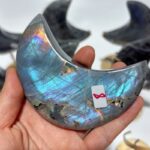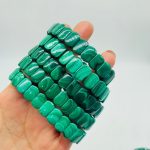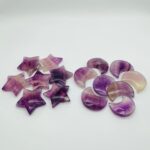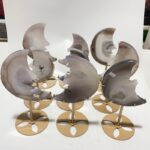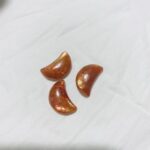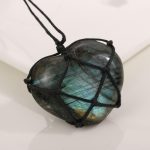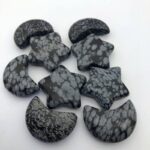Introduction
In the vast realm of crystals, discerning real gems from imitations can be a daunting task. However, by understanding their inherent qualities, you can confidently identify genuine crystals.
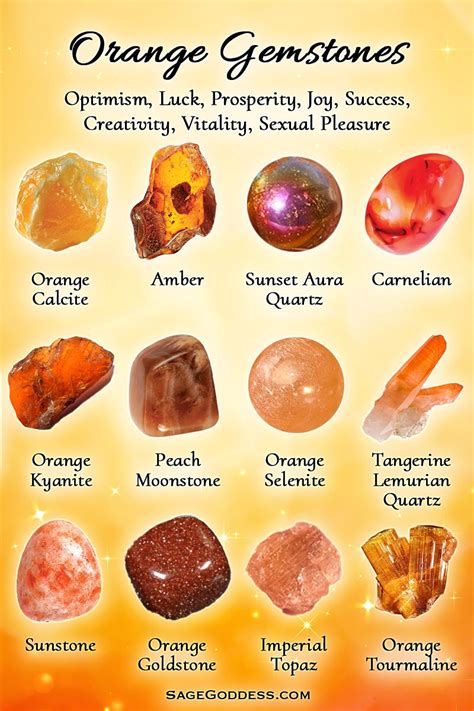
1. Geometric Symmetry
How can you tell if something is crystal?
-
Geometric Symmetry: Crystals exhibit precise and characteristic geometric shapes, such as cubes, octahedrons, or hexagonal prisms.
-
Hardness: Determine a crystal’s hardness using the Mohs scale of mineral hardness. Genuine crystals typically range from 3 to 7 on this scale.
-
Cleavage: Observe how a crystal breaks. Real crystals tend to break along specific planes, known as cleavage planes.
-
Luster: Examine a crystal’s surface. Genuine crystals typically have a vitreous (glassy) or adamantine (diamond-like) luster.
-
Transparency: Check the light transmittance of a crystal. Real crystals can be Transparent (allowing light to pass through), Translucent (allowing some light to pass through), or Opaque (blocking light).
2. Hardness
Crystals possess varying degrees of hardness. Use the Mohs scale to assess a crystal’s resistance to scratching. Real crystals typically fall between 3 and 7 on the scale, with 10 being the hardest (diamond) and 1 being the softest (talc).
3. Cleavage
When a crystal breaks, it tends to split along specific planes called cleavage planes. Observe the crystal’s fracture pattern. Real crystals exhibit planar, conchoidal (shell-like), or irregular cleavage patterns.
4. Luster
Luster refers to the way a crystal reflects light. Genuine crystals typically exhibit a vitreous (glassy) or adamantine (diamond-like) luster. This is due to the crystal’s smooth, regular surface.
5. Transparency
Transparency measures the amount of light that can pass through a crystal. Real crystals can be transparent, translucent, or opaque. Transparent crystals allow light to pass through without significant distortion, while translucent crystals allow some light to pass through but scatter it, creating a hazy appearance. Opaque crystals block light entirely.
Table 1: Crystal Properties Comparison
| Property | Real Crystal | Fake Crystal |
|---|---|---|
| Geometric Symmetry | Precise and characteristic | Irregular or haphazard |
| Hardness | Mohs scale 3-7 | Mohs scale 7 |
| Cleavage | Splits along specific planes | Breaks irregularly |
| Luster | Vitreous or adamantine | Dull or waxy |
| Transparency | Transparent, translucent, opaque | Usually opaque |
Tips and Tricks for Crystal Identification
- Examine the crystal under a magnifying glass to observe its surface texture.
- Use a flashlight to check for transparency or translucency.
- Consult a reputable crystal guide or consult with an expert.
- Purchase crystals from reputable sources to minimize the risk of fakes.
Common Mistakes to Avoid
- Relying solely on color: Color alone is not a reliable indicator of authenticity.
- Using a hardness test on a polished surface: Polished surfaces may conceal the true hardness of a crystal.
- Assuming all crystals are transparent: Some genuine crystals are translucent or opaque.
- Mistaking glass or plastic for crystals: Glass and plastic can resemble crystals but lack their characteristic properties.
Step-by-Step Approach to Identifying Crystals
- Observe the crystal’s geometric shape.
- Determine its hardness using the Mohs scale.
- Check for cleavage by gently tapping the crystal with a hammer.
- Examine its luster under a bright light.
- Assess its transparency by shining a flashlight through it.
- Consider obtaining confirmation from an expert.
Pros and Cons of Crystal Identification Techniques
| Method | Pros | Cons |
|---|---|---|
| Geometric Symmetry | Accurate for well-formed crystals | Can be challenging for imperfect crystals |
| Hardness Test | Non-destructive and provides quantitative data | May not detect subtle differences in hardness |
| Cleavage Observation | Can identify specific minerals | May not be present in all crystals |
| Luster Assessment | Quick and easy to perform | Subjective and requires experience |
| Transparency Measurement | Provides additional information | May not be conclusive for translucent crystals |
FAQs
- How can I distinguish between quartz and glass? Quartz is harder than glass and exhibits distinct geometric shapes.
- Can fake crystals have healing properties? No, fake crystals lack the natural vibrational energy and mineral composition responsible for healing.
- Where can I find authentic crystals? Reputable crystal shops, online retailers, and mineral shows offer genuine crystals.
- How do I cleanse and charge my crystals? Use smudging, moonlight, or visualization techniques to remove negative energy and enhance their energy.
- Can I use crystals for meditation? Crystals can enhance meditation by creating a calming and supportive environment.
- Is it safe to drink crystal-infused water? Yes, as long as the crystals are non-toxic and have been properly cleansed.

